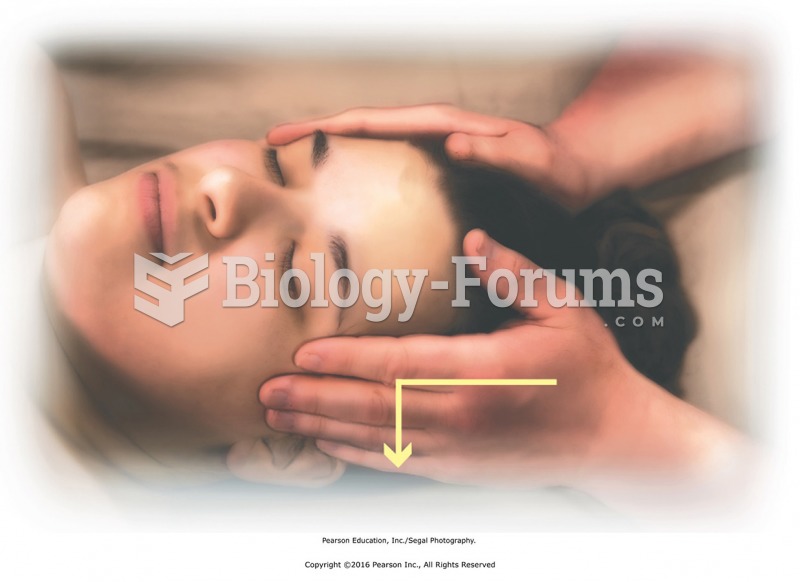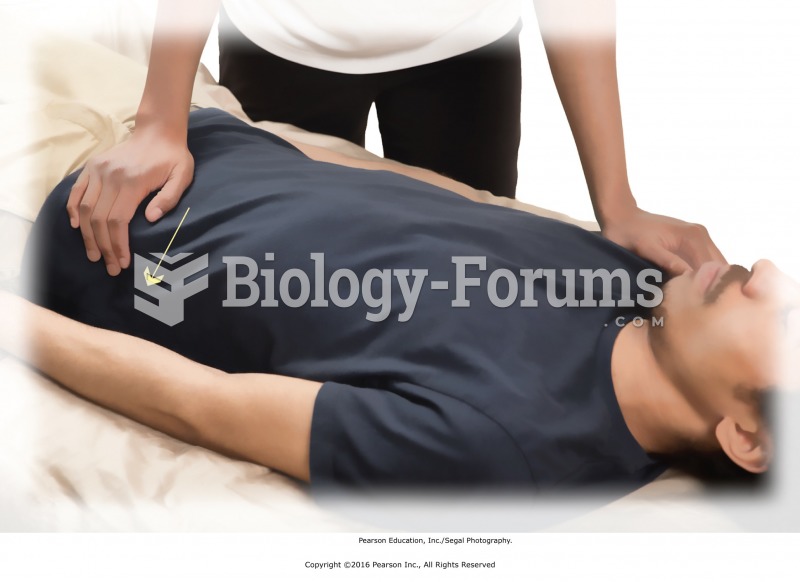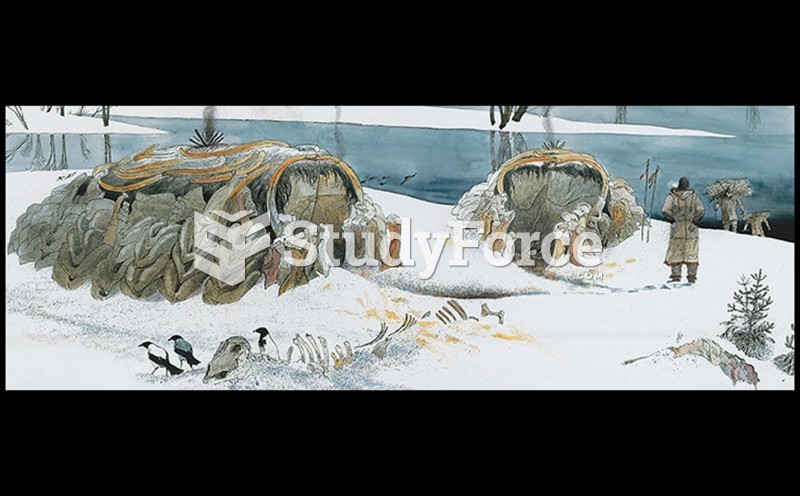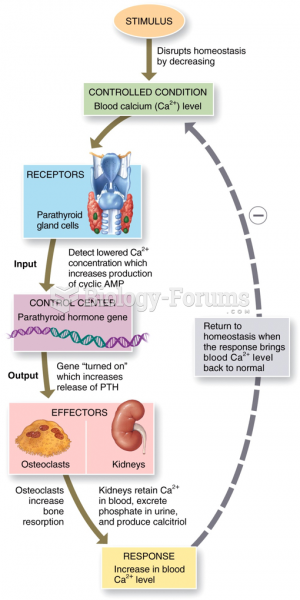|
|
|
Patients who have undergone chemotherapy for the treatment of cancer often complain of a lack of mental focus; memory loss; and a general diminution in abilities such as multitasking, attention span, and general mental agility.
When taking monoamine oxidase inhibitors, people should avoid a variety of foods, which include alcoholic beverages, bean curd, broad (fava) bean pods, cheese, fish, ginseng, protein extracts, meat, sauerkraut, shrimp paste, soups, and yeast.
Nearly all drugs pass into human breast milk. How often a drug is taken influences the amount of drug that will pass into the milk. Medications taken 30 to 60 minutes before breastfeeding are likely to be at peak blood levels when the baby is nursing.
Carbamazepine can interfere with the results of home pregnancy tests. If you are taking carbamazepine, do not try to test for pregnancy at home.
The top five reasons that children stay home from school are as follows: colds, stomach flu (gastroenteritis), ear infection (otitis media), pink eye (conjunctivitis), and sore throat.
 In The Gross Clinic (1875), by Thomas Eakins, Professor Samuel Gross’s team of surgeons cuts through
In The Gross Clinic (1875), by Thomas Eakins, Professor Samuel Gross’s team of surgeons cuts through
 Apply L strokes, using flat fingers, from temples to edge of mandible. Stretch is forward toward the ...
Apply L strokes, using flat fingers, from temples to edge of mandible. Stretch is forward toward the ...





